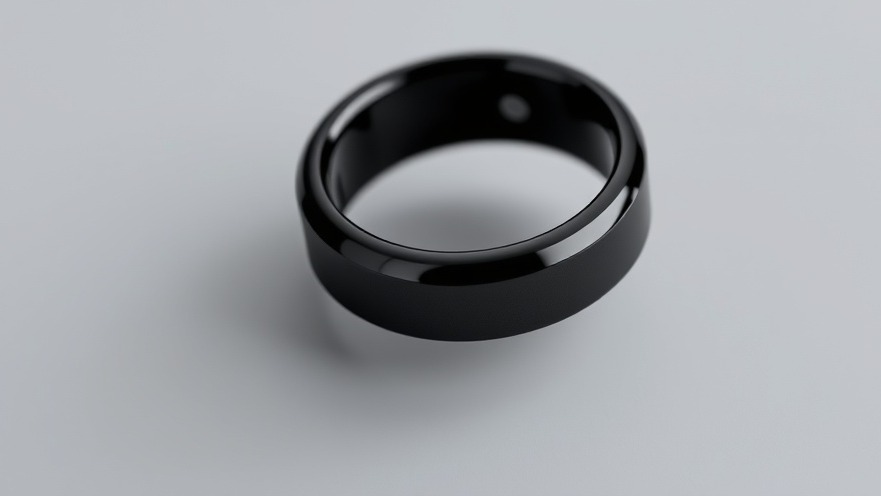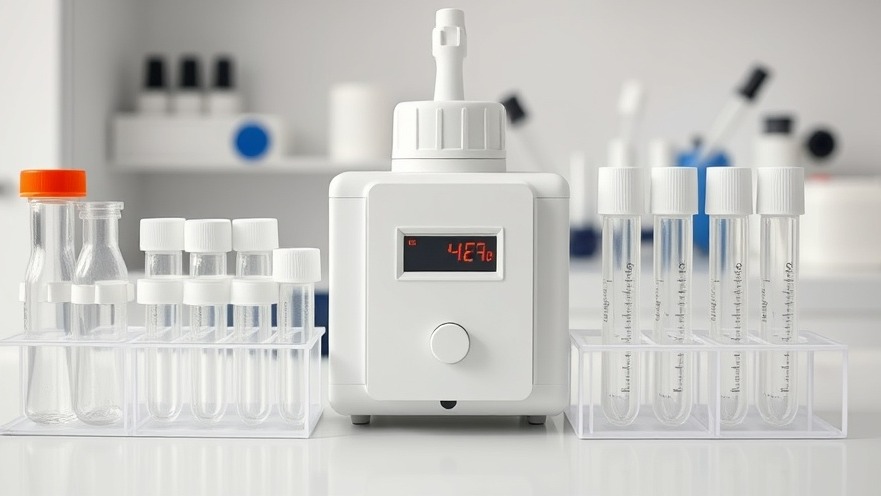
A Revolutionary Leap in Tactile Feedback: A Game Changer in Surgery
Minimally invasive surgery (MIS) has transformed the landscape of surgical procedures, offering patients reduced pain, faster recovery, and lowered infection risks. However, the absence of tactile feedback in these procedures has left a notable gap for surgeons. Addressing this critical issue, researchers from NYU Abu Dhabi have developed an innovative tactile sensing system that aims to restore the vital sense of touch in surgical practice.
How the New System Works
The novel "off-the-jaw" sensing system integrates force and angle sensors into the handle of laparoscopic tools. This technology allows surgeons to gather real-time insights on tissue stiffness and thickness, effectively enhancing precision during surgery. Unlike traditional methods that place sensors directly on the surgical site, this approach separates the sensing mechanism from the laparoscopic tool's jaws, minimizing the complexities usually tied to sensor integration.
The Importance of Tactile Feedback in Surgical Contexts
Tactile feedback is essential for determining the right amount of force to grasp complex tissues without causing damage or complications. Without the ability to feel tissue elasticity, surgeons often face the risk of over-grasping or under-grasping, which can lead to serious procedural errors. The introduction of this off-the-jaw system significantly mitigates such risks by delivering visual and tactile cues directly to the surgeon, contributing to improved surgical outcomes.
Meeting the Challenges of MIS
Despite the advancements in surgical technology, traditional MIS tools have struggled with the incorporation of effective sensing mechanisms. Complications such as wiring complexity, contamination risks, and challenges related to sterilization have hindered the seamless application of newer technologies. The NYU Abu Dhabi’s sensing system addresses these issues by offering a plug-and-play solution that is both cost-effective and easy to integrate with existing surgical tools.
Expanding the Possibilities: Impacts Beyond Surgery
The benefits of this tactile feedback system extend beyond the surgical realm. With its scalability, the technology could be adapted for various medical fields, including robotic-assisted surgeries, telemedicine, and endoscopic procedures. As healthcare continues to evolve, the integration of such advanced technologies will be pivotal in enhancing patient care and modifying how surgeries are conducted in the future.
Improving Training for New Surgeons
The potential of this tactile feedback system also brings a significant advantage to surgical training. New surgeons often struggle with the learning curve associated with mastering minimally invasive techniques due to the lack of physical feedback. This system provides an objective, tactile response, making it easier for novices to develop their skills and gain confidence in the OR.
Insights from the Field: Expert Opinions
"Minimally invasive surgery has revolutionized the field, but the lack of tactile feedback remains a challenge," stated Wael Othman, one of the researchers involved in developing the system. His insight reflects a widespread recognition of the crucial role that tactile sensation plays in surgical procedures and emphasizes the importance of integrating advanced technology to enhance surgical practice.
Addressing Common Misconceptions About Tactile Feedback Systems
Many health practitioners may assume that tactile feedback in surgery is an inherent quality of experience. However, the integration of technological solutions is essential to compensate for inherent limitations in existing surgical tools. This breakthrough in sensing technology challenges the misconception that surgical precision relies solely on a surgeon’s hands-on experience but rather emphasizes the synergistic potential of human expertise and advanced technology.
Final Thoughts: The Future of Surgical Innovation
The affordable and effective tactile feedback system developed by NYU Abu Dhabi's AMMLab represents a significant advancement in surgical technology. It promises not only to elevate the standards of surgical practice but also to ensure safer, more effective patient care as it becomes integrated into common surgical procedures. Health practitioners and medical facilities should stay informed about this development and consider its implications for enhancing surgical capabilities.
If you want to stay ahead in the rapidly evolving world of surgical technologies and improve patient outcomes, consider integrating innovative solutions like this tactile feedback system into your practice. Understanding and adopting such advancements can significantly shape your surgical approach and ultimately enhance patient care delivery.
 Add Row
Add Row  Add
Add 






Write A Comment